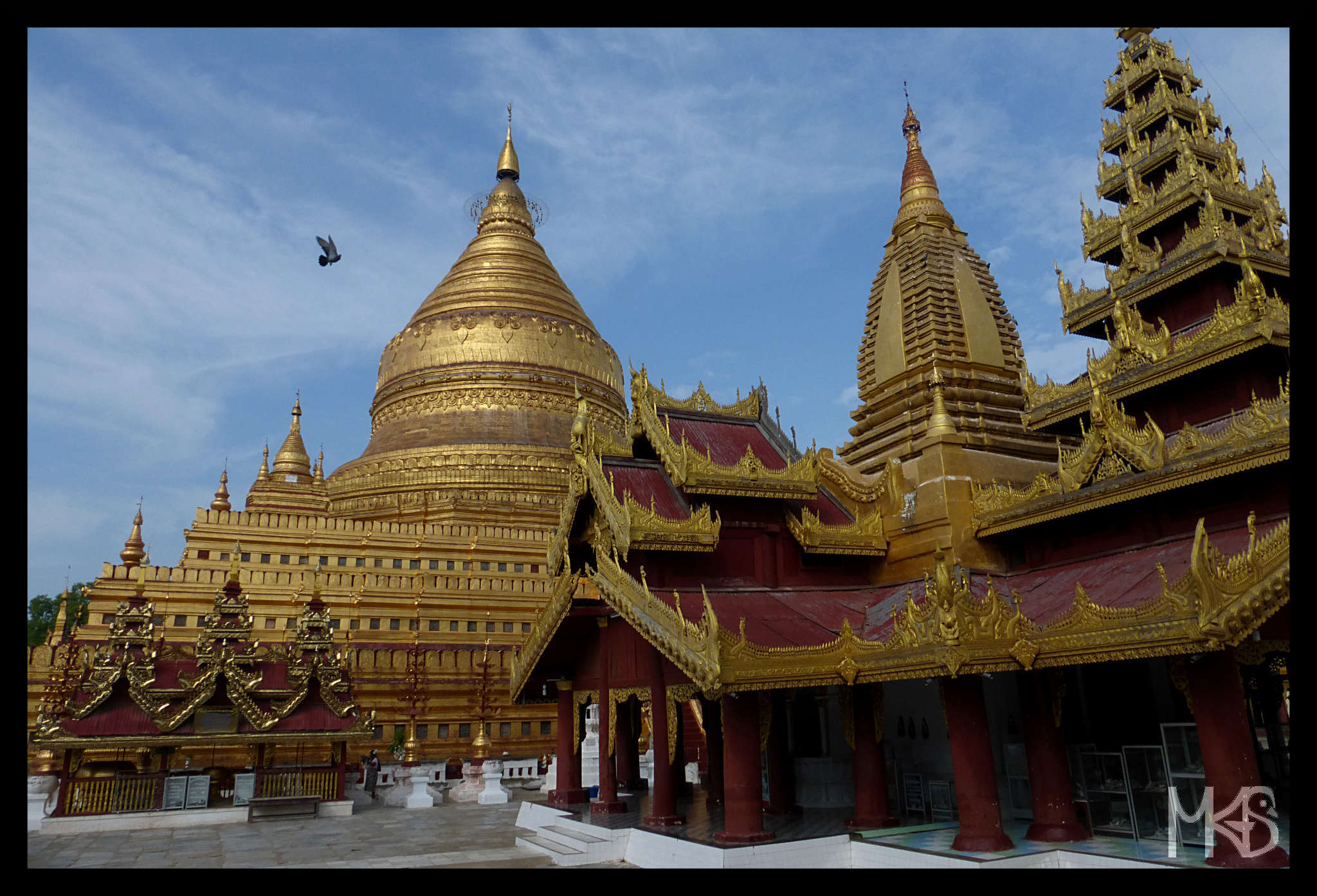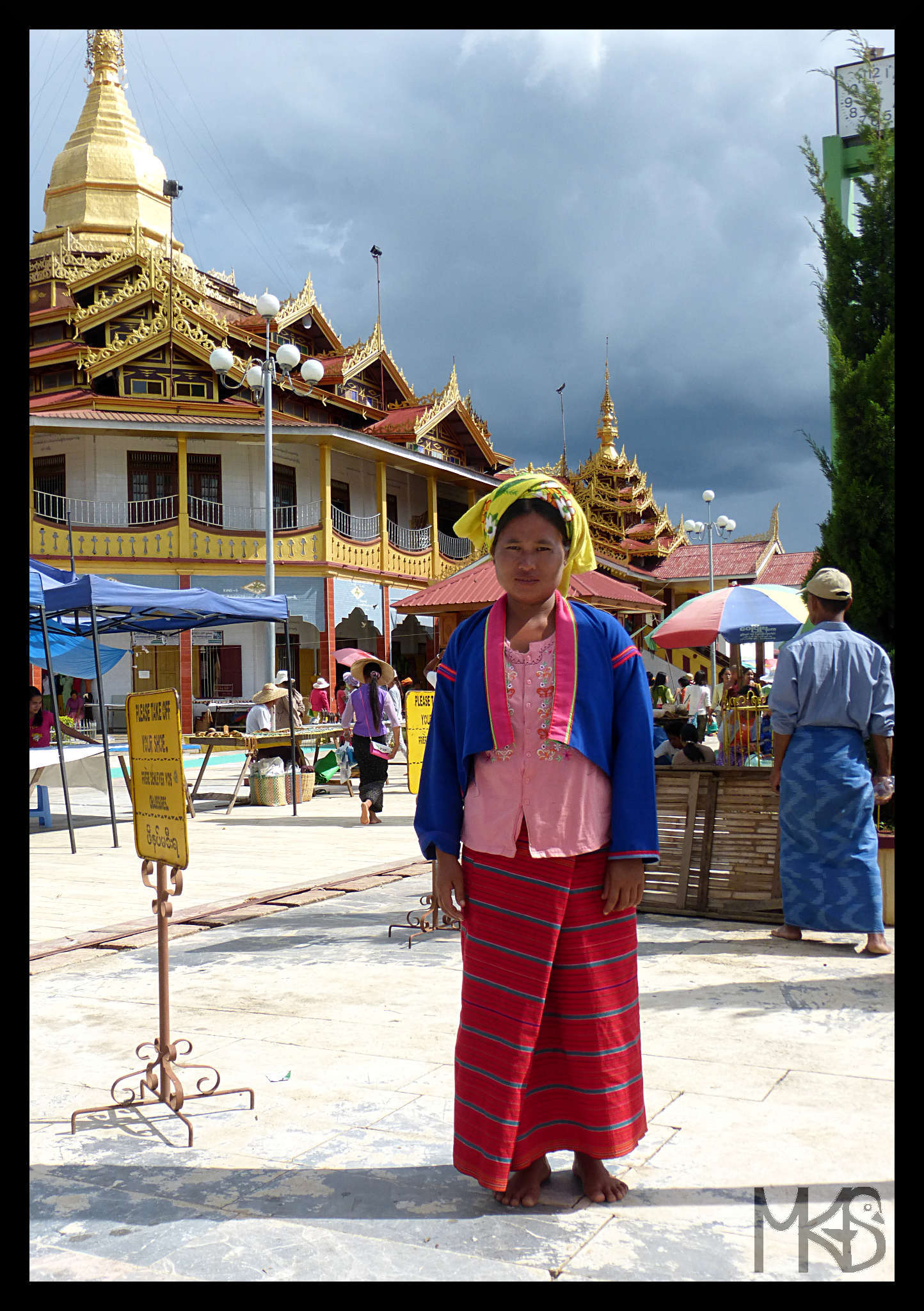
When you’re in Bagan, I’m sure your day is busy and very interesting. If you still have some energy, enjoy sunset or sunrise. It’s something very typical for Bagan. Many people choose the Shwe San Daw Pagoda; they climb it and watch the sunset. But I guess many other places are also perfect to do so.
There is another option to enjoy sunset or sunrise – if you have around $300 you can take a hot air balloon. 😉
__________________________________________________________
Jestem pewna, że każdy turysta w Baganie spędza czas bardzo ciekawie i intensywnie. Warto jednak zachować odrobinę energii aby podziwiać zachodzące lub wschodzące słońce. Wiele osób na zachód słońca wybiera pagodę Shwe San Daw. Aby uniknąć tłumów warto wybrać inne miejsce.
Innym, wyjątkowym sposobem na oglądanie zachodu/wschodu słońca jest lot balonem – to bardzo popularna atrakcja w Baganie, na którą należy przeznaczyć około 300 USD… 😉


















